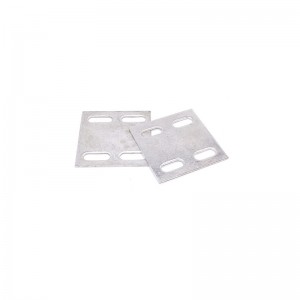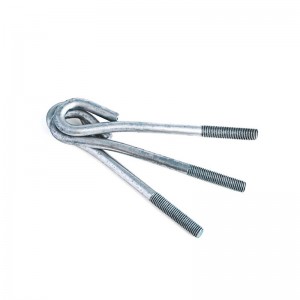Custom embedded parts
Product Description
>>>
| Article number | Embedded parts |
| Texture of material | q235 |
| Specifications | Custom drawing (mm) |
| Structural style | Female frame |
| Ventilation mode | Internal ventilation |
| Category | closed |
| Surface treatment | Natural color, hot dip galvanizing |
| Product grade | Class A |
| Standard type | national standard |
Embedded parts (prefabricated embedded parts) are components pre installed (buried) in concealed works. They are components and accessories placed during structural pouring for overlapping during masonry of superstructure. In order to facilitate the installation and fixation of external engineering equipment foundation, most embedded parts are made of metal, such as steel bar or cast iron, or non-metallic rigid materials such as wood and plastic.
Category difference: embedded parts are members reserved by steel plates and anchor bars in the structure for the fixed purpose of connecting structural members or non structural members. For example, the connectors used for post process fixation (such as doors, windows, curtain walls, water pipes, gas pipes, etc.). There are many connections between concrete structure and steel structure.
Embedded pipe
A pipe (usually steel pipe, cast iron pipe or PVC pipe) is reserved in the structure to pass through the pipe or leave an opening to serve the equipment. For example, it is used to wear various pipelines in the later stage (such as strong and weak current, water supply, gas, etc.). It is often used for pipe reserved holes on concrete wall beams.
Embedded bolt
In the structure, the bolts are embedded in the structure at one time, and the bolt threads left at the upper part are used to fix the components, which plays the role of connection and fixation. It is common to reserve bolts for equipment.
Technical measures: 1. Before the installation of embedded bolts and embedded parts, technicians shall make detailed disclosure to the construction team, and check the specification, quantity and diameter of bolts and embedded parts.
2. When pouring concrete, the vibrator shall not collide with the fixed frame, and it is not allowed to pour concrete against bolts and embedded parts.
3. After the completion of concrete pouring, the actual value and deviation of bolts shall be re measured in time, and records shall be made. Measures shall be taken to adjust those exceeding the allowable deviation until the design requirements are met.
4. In order to prevent pollution or corrosion, the nuts of anchor bolts shall be wrapped with oil surface or other materials before and after concrete pouring.
5. Before concrete pouring, bolts and embedded parts shall be inspected and accepted by the supervisor and quality personnel, and the concrete can be poured only after they are confirmed to be qualified and signed.









